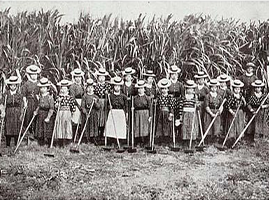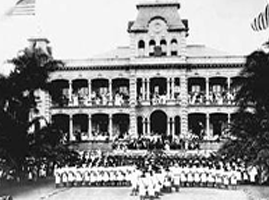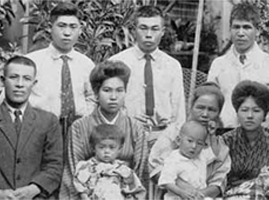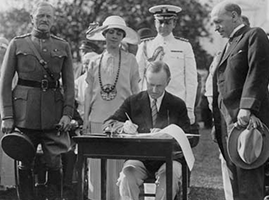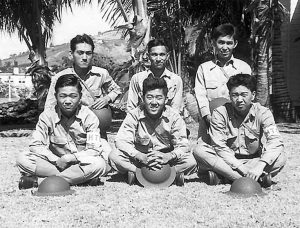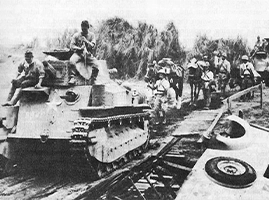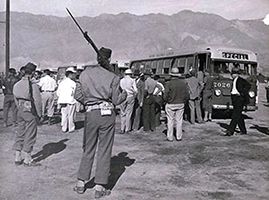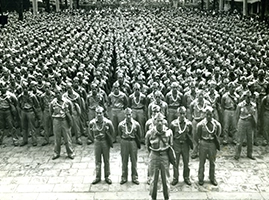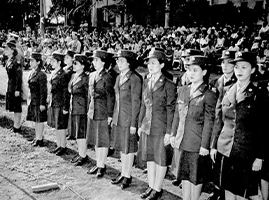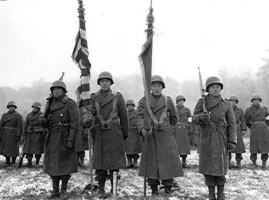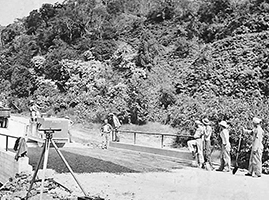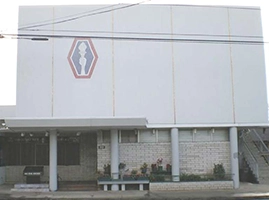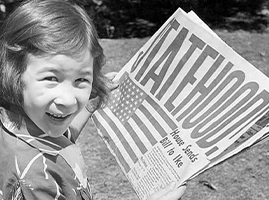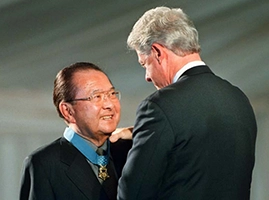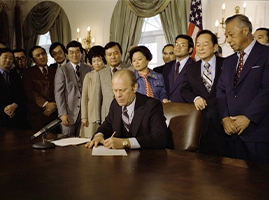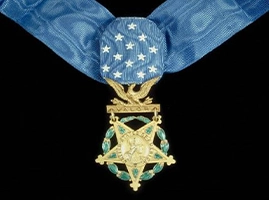On September 1, 1939, the world watched in horror as Nazi troops, led by Adolf Hitler, invaded Poland. With Austria and Czechoslovakia having already fallen under German control, Britain, France, Australia, New Zealand, India and Canada within days declared war on Germany, starting World War II.
The United States began to wage economic warfare on Japan, imposing stringent economic sanctions.
Rooted in an isolationist stance, the United States remained neutral. President Franklin D. Roosevelt knew Americans would not support another European conflict, having suffered numerous casualties during World War I, so he resisted a rush to war. Still, despite the United States’ official proclamation of neutrality on September 5, 1940, FDR began preparing for military involvement by declaring a state of national emergency, increasing the size of the Army and National Guard, and authorizing the Selective Training and Service Act of 1940 — the first peacetime draft in US history.
On September 27, 1940, Japan, Germany and Italy agreed to the Tripartite Pact, pledging mutual support if attacked by a nation not already at war. The alliance sent a direct warning to the United States that any military intervention would lead to battles both in Europe and the Pacific.
Empowered by the pact, Axis countries continued their assaults in the Pacific and Europe. Japan invaded Manchuria in 1931 and China in 1937, and the Nazi defeat of France in 1940 and possible collapse of Britain to Axis forces prompted Congress to repeal provisions of the Neutrality Act. This authorized the President to sell, transfer or lease war goods to the government of any country whose defenses he deemed vital to the defense of the United States.
US wages economic warfare
Although Roosevelt initially avoided military conflict, the United States began to wage economic warfare on Japan, imposing stringent economic sanctions. This included closing the Panama Canal to Japanese ships in 1940, and embargoing scrap iron and steel exports to all destinations other than Great Britain and Western nations.
The British and the Dutch also embargoed exports to Japan from their Southeast Asian colonies, putting the Japanese in an economic stranglehold. This only fueled Japanese aggression, leading to Japan’s September 1940 invasion of French Indochina (now Vietnam).
On July 26, 1941, Roosevelt froze Japanese assets in the United States, and followed up a month later with an oil embargo on Japan, essentially ending commercial relations between the two countries.
MIS Language School opens
As World War II intensified in the Pacific, the United States was in dire need of Japanese linguists and secretly recruited Nisei soldiers in 1941 to enroll in its Military Intelligence Service Language School (MISLS), first at the Presidio Army post in San Francisco, then later at Camp Savage and Fort Snelling in Minnesota.
Over the course of World War II, the MISLS recruited hundreds of students from mainland internment camps and from Hawaii. Some 200 members of the 100th Infantry Battalion training at Fort McCoy, Wisconsin, were transferred to the MISLS in December 1942, and in 1943, MIS students were also reassigned from the 442nd Regimental Combat Team training at Camp Shelby, Mississippi.
Although officials were initially reluctant to trust Japanese-Americans with military intelligence, these Nisei linguists would provide invaluable service during the war.

Germany invades Poland
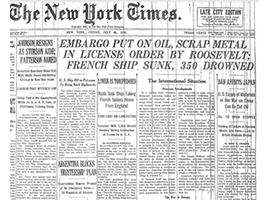
U.S. embargoes scrap steel exports

Great Britain & France declare war on Germany

National Guard is Mobilized

U.S. proclaims neutrality

U.S. establishes peacetime draft
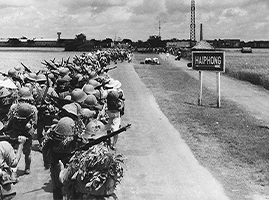
Japan invades French Indochina

Japan, Germany and Italy sign Tripartite Pact

Shutting off U.S. oil to Japan

Japanese language training begins
Japan Enters WWII, Seen through 1940s News Media
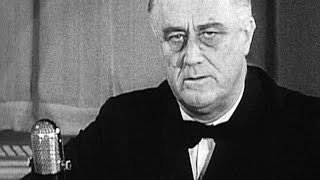
Events (Sept 1939 – Nov 1941)
Armed with a secret agreement with Stalin to divide Poland between Germany and the Soviet Union, Hitler launches an attack on Poland on Sept. 1, 1939, followed by the Russians in the east on September 17. These overwhelming forces quickly led to the defeat and enslavement of Poland.
President Roosevelt orders the mobilization of the National Guard.
Great Britain, France, Australia, New Zealand, and India, followed by Canada on September 10, declare war on Germany following the invasion of Poland.
The United States proclaims neutrality, but President Roosevelt declares a "state of national emergency" on Sept. 8, 1939.
President Roosevelt embargoes exports of scrap steel except to Britain and Western Hemisphere nations, a move aimed at Japan.
The United States establishes a peacetime draft in September 1940, but there are no significant inductions until January 1941.
Japan invades French Indochina (present-day Vietnam).
The Tripartite Pact between Japan, Germany and Italy pledges mutual support if attacked by a nation not already at war. This is intended to keep the United States neutral.
Under this law, the US government begins supplying Great Britain, China and the USSR with war materials without requiring monetary payment, supporting the war against the Axis powers.
President Roosevelt freezes Japanese assets and follows with an oil embargo on Japan in August 1941.
The Army Language School secretly begins operations at the Presidio military post in San Francisco, to teach Japanese to 58 Nisei and two Caucasian soldiers of the Military Intelligence Service (MIS).
PHOTOS COURTESY OF:
U. S. Army Signal Corps
Library of Congress
New York Times
The Argus (Melbourne)
U. S. Army Signal Corps
Los Angeles Times
Los Angeles Times
U. S. Army Signal Corps
The Argus (Melbourne)
Library of Congress
New York Times
U. S. Army Signal Corps


